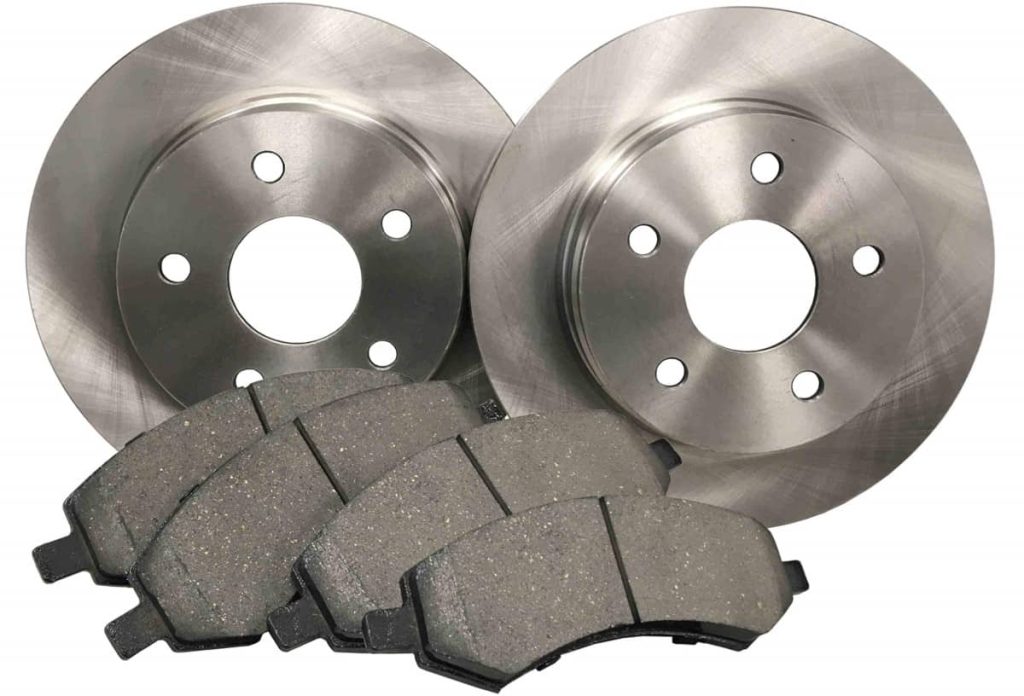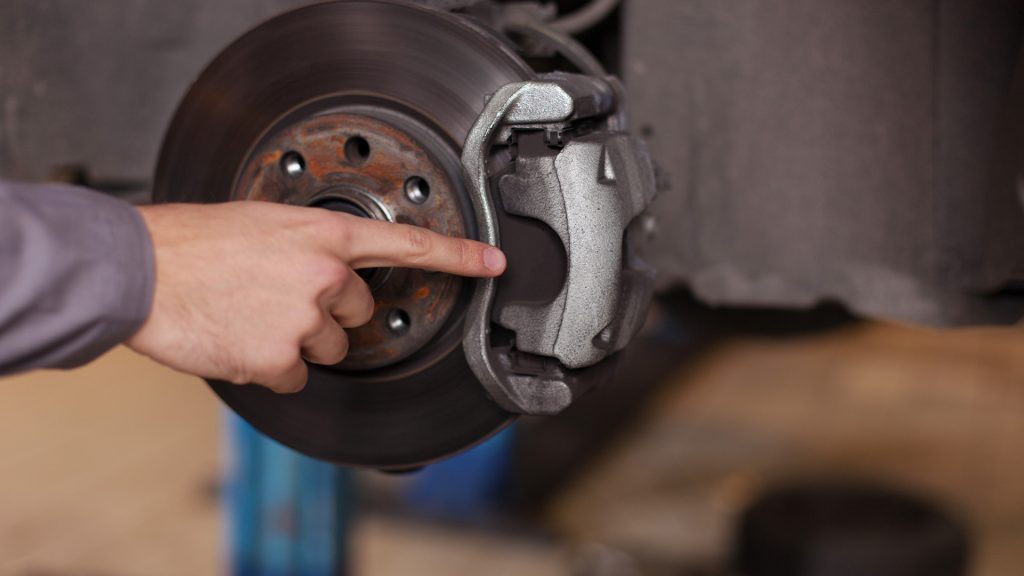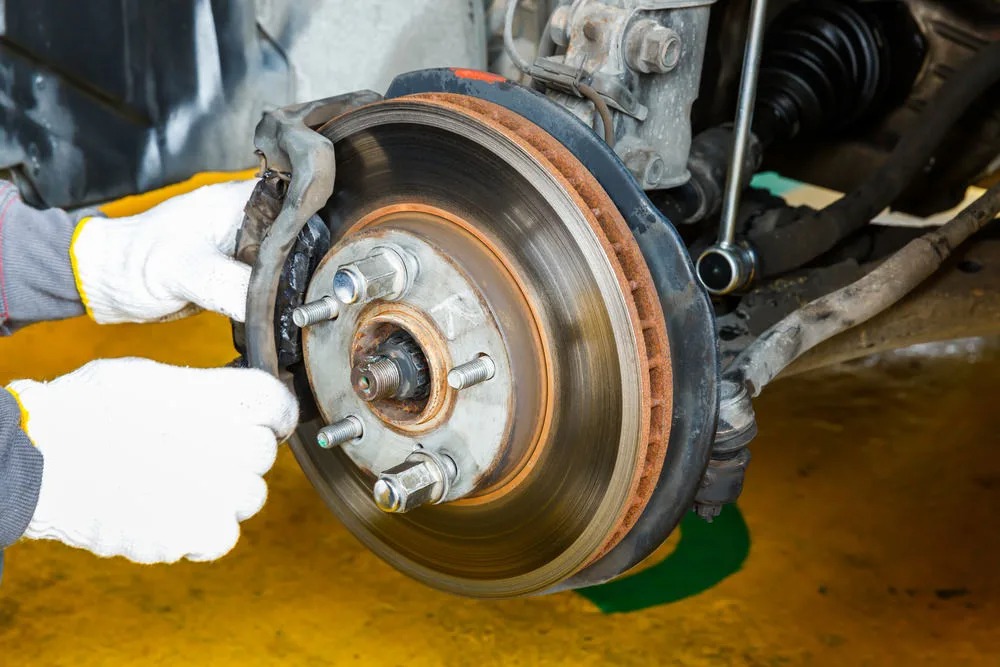If you’re a car owner, you’ve probably encountered the dreaded “Your brake pads need replacing” line from the Automobile 4S Center shop staff. The question is: how often should you really replace your brake pads? Should you take the Automobile 4S Center shop’s word for it, or is there a more reliable way to assess whether your car’s brake pads are ready for retirement? Well, buckle up, because we’re about to dive into everything you need to know to avoid getting “taken for a ride” at your next service visit.

Understanding Brake Pad Lifespan
First things first: there is no universally fixed number for how often you should replace your brake pads. Forget the standard advice of “every 30,000 kilometers” or “every 2 years.” In reality, brake pad replacement is more nuanced and depends on several factors. So, let’s break this down properly.
1. Driving Habits: The Silent Influencer
Let’s be honest, we all have different driving habits. Some of us glide through traffic like a graceful gazelle, while others drive like we’re auditioning for Fast & Furious 12. Guess what? Your driving style directly impacts how quickly your brake pads wear out.
- Gentle Driving:If you’re the type who avoids slamming on the brakes and enjoys a relaxed ride, your brake pads will last longer. In fact, your brake pads might just reach the higher end of the 30,000-60,000 km range.
- Aggressive Driving:If your idea of a fun day out involves racing through the streets or frequent panic stops, your brake pads are going to wear down faster than a pair of sneakers in a marathon.
2. The Road You Travel: Your Brake Pads’ Natural Enemy
If you live in a mountainous area or a region with frequent hills, you’re probably pressing your brakes more than someone who mostly drives on highways. Frequent uphill climbs, downhill descents, and stop-and-go traffic force your brakes to work overtime. This constant friction accelerates wear on your brake pads. The same holds true for bumpy roads or poorly maintained streets, which also subject your brake pads to uneven wear. If your car frequently operates in these conditions, prepare for more frequent brake pad changes.
3. Material Matters: What Are Your Brake Pads Made Of?
Not all brake pads are created equal. The material your brake pads are made of will significantly impact their longevity.
- Asbestos Brake Pads:These are old-school, and, for obvious health reasons, they are now a thing of the past. But in case you’ve got an old car lying around, be aware that these pads tend to wear faster.
- Semi-Metallic Brake Pads:These are more durable and offer great performance, but they might come with a noisy reputation. Still, they’re a good middle ground for most drivers.
- Ceramic Brake Pads:The premium option. These babies offer excellent heat dissipation, durability, and quiet performance, making them the go-to for those willing to pay a little extra for a smooth, long-lasting ride.

4. How to Tell If You Need a Brake Pad Replacement
Okay, so you’re starting to get the picture, but how do you know for sure if your brake pads are on their last legs? Here’s how to tell if it’s time for a change:
- Check the Thickness
New brake pads are typically about 12-15mm thick, and they should ideally be replaced when they’re down to around 3-4mm. You can usually check the thickness by looking through the wheel spokes (if you’re into DIY car maintenance) or, if you’re unsure, have a pro do it for you.
- Squeaky Brakes
Have you been hearing high-pitched squeals or screeching when you brake? If so, you might be dealing with a warning signal—your brake pads could be nearing the end of their life. This sound is often caused by a built-in wear indicator that produces noise when the pads are getting too thin. Time for a swap!
- Reduced Braking Power
If you’ve noticed that your car’s braking distance has increased, or it feels like you need to press the pedal harder, that’s a sign your brake pads could be too worn. This is not just inconvenient; it’s a safety issue, so don’t ignore it!
- Vibration When Braking
A bumpy, pulsing feeling when you hit the brakes can indicate that your brake pads are unevenly worn or that there’s debris stuck between the pads and the rotor. Either way, it’s time to get that checked out.
5. The Automobile 4S Center Shop Trap: Don’t Get Fooled
Here’s a little secret: Some Automobile 4S Center shops (that’s the official dealership service centers) might tell you that your brake pads need replacing when they’re perfectly fine, just to make an extra buck. Don’t fall for this trick! Sure, they have the fancy tools and the expertise, but that doesn’t mean they always have your best interests at heart.
Before heading to the dealership, it’s a good idea to get a second opinion from a trusted independent mechanic. And remember, brake pads don’t wear down overnight. If you haven’t been driving under extreme conditions, your pads might still have plenty of life left in them.

Cost Considerations: When It’s Time to Replace Brake Pads
Let’s talk numbers. Depending on the make and model of your car, replacing brake pads can range from a relatively low $100 to a pricey $400. Factors that influence cost include:
- Material:Ceramic pads tend to be more expensive than semi-metallic ones, but they last longer and are more gentle on your rotors.
- Labor Costs:If you’re having a pro do the work, expect to pay for their expertise. Labor charges can add anywhere from $50 to $150 to the overall cost.
- Brand and Quality:Premium brake pads from well-known manufacturers may come with a higher price tag, but they offer better performance and longevity.
Conclusion: Don’t Ignore Your Brakes—Safety First
Brake pads are an essential part of your vehicle’s safety system. While there’s no one-size-fits-all answer to how often they need replacing, keeping an eye on your driving habits, road conditions, and brake pad material will help you make a better judgment about when it’s time for a replacement. Regularly checking your brake pads’ thickness and paying attention to unusual noises or braking issues will also help you stay ahead of potential problems.
Ultimately, your safety is the most important factor here. Don’t let flashy dealership offers or unneeded repairs distract you from making the best decision for your vehicle. Keep your brake pads in check, and your car will continue to stop when it needs to—without any drama.
And speaking of keeping your car in top shape, if you’re looking for top-quality car accessories and parts to enhance your vehicle’s performance, check out the products available at QPLCAR.com. We’ve got everything you need to keep your car running smoothly!
 >
>